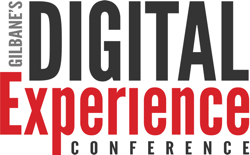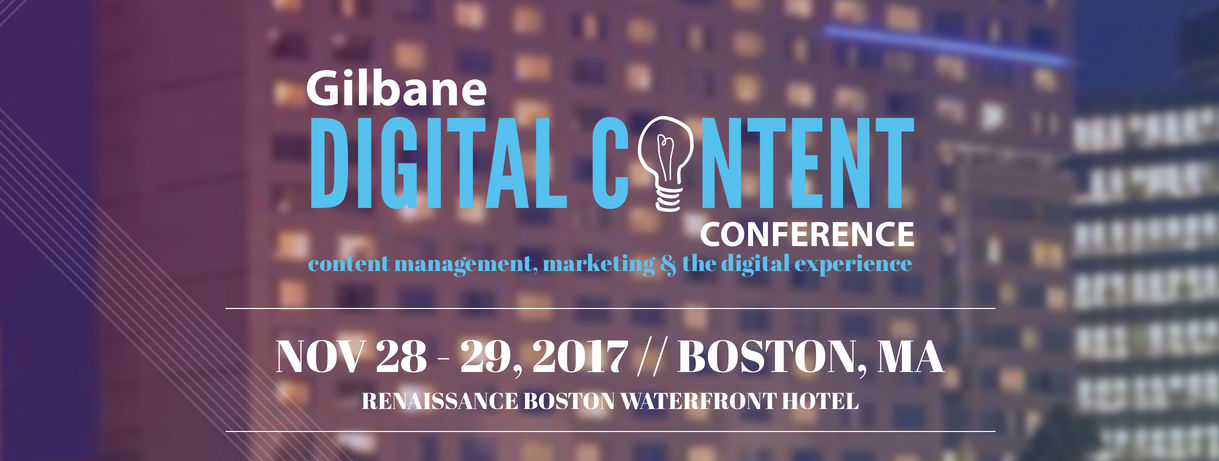Gilbane’s Digital Experience Conference program and registration are now available at digitalexperienceconference.com.
Conference tracks
Digital experience technologies for customers and the workplace
Focused on what you need to know about evolving, and potentially disrupting, content and digital experience technologies for marketing and the workplace. We’ll be looking at what web and data analysis technologies are effective today. We’ll also examine what is practical and should be considered today or in the near future regarding deep learning, AR, and blockchain applications.
Designed for technology strategists and executives focused on near-term and future software for creating, analyzing, managing, and delivering compelling digital experiences across platforms, channels, and form factors.
Digital experience practices for customers and the workplace
Focused on how to overcome challenges and implement successful digital experience strategies and practices to reach, engage, and retain customers, employees, and partners. We’ll be looking at strategies for inter- and intra- departmental collaboration that support customer-facing and internal operations that are a necessary part of the foundation for a consistently high quality digital experience.
Designed for digital transformation leaders, marketing, business, and workplace executives, information managers, content strategists, and UX professionals.
Co-located conferences
The DX Conference is co-located with three additional conferences: Smart Customer Service, CRM Evolution, and SpeechTEK. Each of these events provides an additional opportunity for “All Access” pass holders to learn more about the technologies and tools available to create great customer experiences.
Please join us in Washington, DC April 29-30 for the DX Conference, and May 1 for in-depth workshops .
Learn more ▪︎ Program ▪︎ Register

















